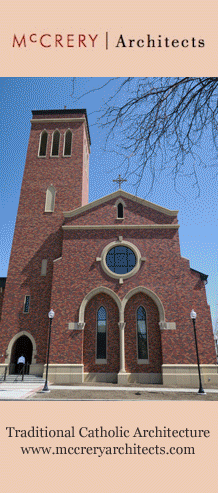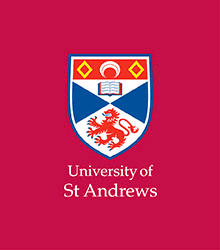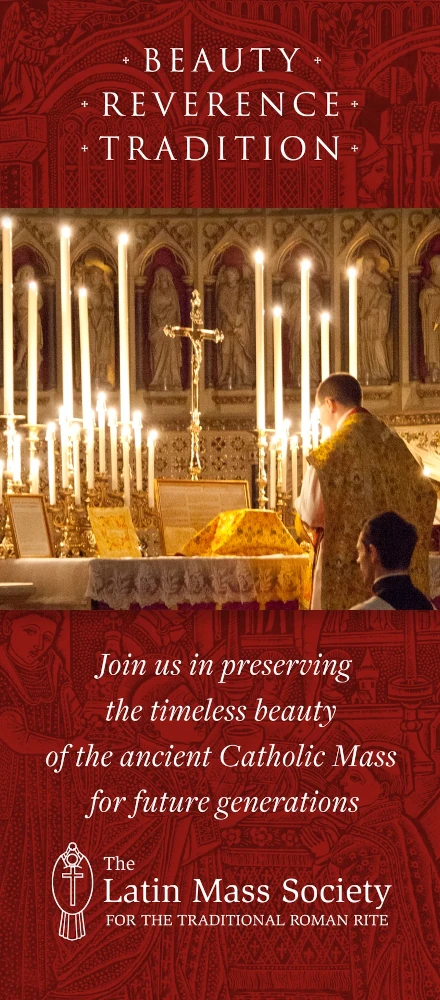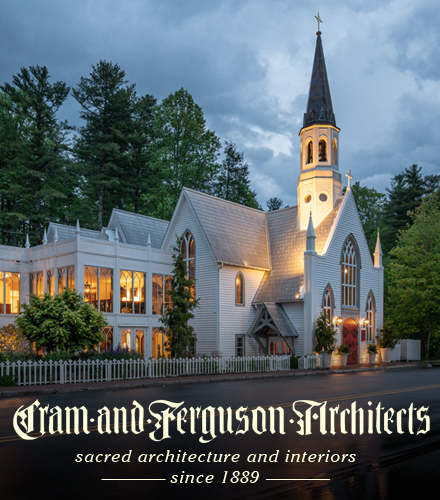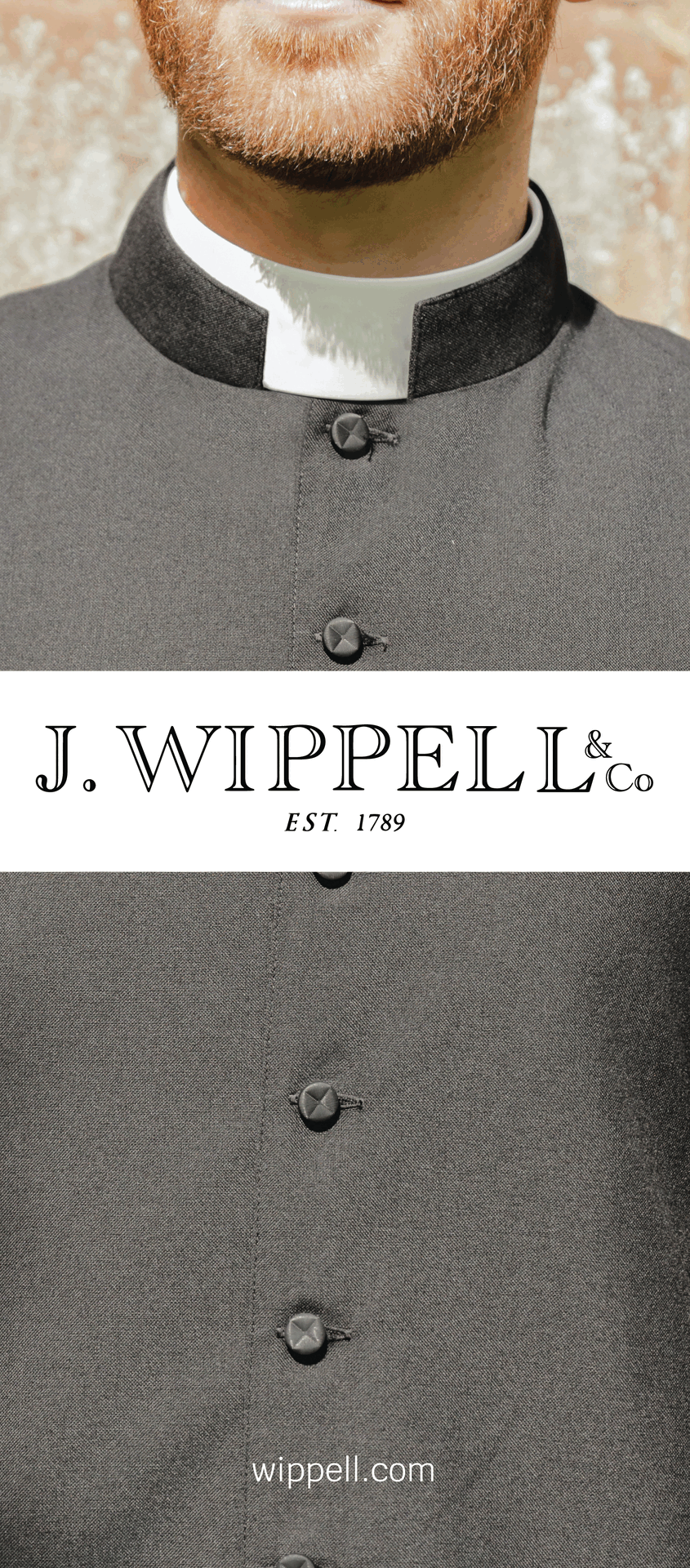The March/April issue of the American bi-monthly periodical The Catholic Response featured an English translation of an article originally published in L'Osservatore Romano by Auxiliary Bishop Athanasius Schneider of Karaganda, Kazakhstan. The article summarizes the bishop's more complete argument, put forward in his book Dominus Est, in favor of a return to the traditional practice of receiving Holy Communion directly on the tongue. That book, which was published in Italy earlier this year, is especially noteworthy because (1) its author is a bishop, (2) it was published by the official Vatican press, Libreria Editrice Vaticana, and (3) its preface was written by Archbishop Malcolm Ranjith, second-in-command of the Congregation for Divine Worship, who agrees that the practice of Communion-in-the-hand needs to be reevaluated and probably suppressed.
Newman House Press has been awarded the contract to publish Dominus Est in English. According to Fr. Peter Stravinskas, the publisher, Bishop Schneider intends to send a copy of the translation to every English-speaking bishop in the world. Toward that end, a donation to Newman House Press in support of this important project would be greatly appreciated. It's worth mentioning that the matter at hand (so to speak) concerns both forms of the Roman Rite, the ordinary and extraordinary. For, while the 1962 Missal (like earlier editions of the Roman Missal), calls for communicants to receive while kneeling, no rubric or canon in the extraordinary form forbids the reception of the Host in the hand. Granted, people who frequent extraordinary-form celebrations of Mass are not likely to put their hands out for Communion; but some bishops have been known to require certain standard "Novus Ordo" features, such as female servers and extraordinary ministers, in those celebrations. Anyone interested in the restoration of the sacred and the preservation of faith in the Real Presence should take interest. For the full text of Bishop Schneider's provocative essay, click here.More recent articles:
Easter Sunday 2025Gregory DiPippo
An icon of the Harrowing of Hell made in Constantinople in the late 14th century.Let all partake of the feast of faith. Let all receive the riches of goodness. Let no one lament their poverty, for the universal kingdom has been revealed. Let no one mourn their transgressions, for pardon has dawned from the grave. Let no one fear death, for the Savi...
The Twentieth Anniversary of Pope Benedict XVI’s ElectionGregory DiPippo
On this Holy Saturday, we also mark the 20th anniversary of the election of His Holiness Pope Benedict XVI. Let us remember with gratitude the gift of his papacy, his graciousness and good humor, his many wise and well-considered writings, his paternal love especially for priests and religious, but of course above all, his restoration to the Church...
Holy Saturday 2025Gregory DiPippo
The Harrowing of Hell, by Duccio di Buoninsenga, 1308-11 R. Recessit pastor noster, fons aquae vivae, ad cujus transitum sol obscuratus est; * nam et ille captus est, qui captivum tenebat primum hominem: hodie portas mortis et seras pariter Salvator noster disrupit. V. Destruxit quidem claustra inferni, et subvertit potentias diaboli. Nam et ill...
Good Friday 2025Gregory DiPippo
The table of the Epitaphios at the end of Vespers today at St Anthony the Abbot, the Russian Greek-Catholic church in Rome.For how shall we be able to know, I and thy people, that we have found grace in thy sight, unless thou walk with us, that we may be glorified by all people that dwell upon the earth? And the Lord said to Moses: This word also, ...
Desacralizing LentMichael P. Foley
Christ in the Desert, 1898, by Breton RivièreI have been enjoying Peter Kwasniewski’s new book Close the Workshop, which argues that the old rite did not need to be fixed and that the new rite cannot be fixed. To support his argument, Kwasniewski begins with an analysis of the Second Vatican Council’s Constitution on the Liturgy, Sacrosanctum Conci...
Holy Thursday 2025Gregory DiPippo
Thou, o Lord, didst command us to be partakers of Thy Son, sharers of Thy kingdom, dwellers in Paradise, companions of the Angels; ever provided we keep the sacraments of the heavenly host with pure and undefiled faith. And what may we not hope of Thy mercy, we who received so great a gift, that we might merit to offer Thee such a Victim, namely, t...
The Chrism Mass: Tradition, Reform and Change (Part 2) - Guest Article by Abbé Jean-Pierre HermanGregory DiPippo
This is the second part of an article by Fr Jean-Pierre Herman on the blessing of oils, which is traditionally celebrated at the Mass of the Lord’s Supper, and the recent reforms thereof; the first part was published on Tuesday. The French original was published on Sunday on the website of the Schola Sainte-Cécile as a single article. Fr Herma...
Spy Wednesday 2025Gregory DiPippo
It is worthy and just that we should always give Thee thanks, Lord, holy Father, eternal and almighty God, through Jesus Christ, Thy Son, our Lord, Who willed to suffer for the impious, and be unjustly condemned for the wicked; Who forgave the praying thief his crime, promising him Paradise by His most agreeable will, Whose death wiped away our cri...
The Chrism Mass: Tradition, Reform and Change (Part 1) - Guest Article by Abbé Jean-Pierre HermanGregory DiPippo
We are very grateful to Fr Jean-Pierre Herman for sharing with us this important article about the Chrism Mass and its recent reforms. The French original was published two days ago on the website of the Schola Sainte-Cécile as a single article; it will be published here in two parts. Fr Herman is professor of liturgy at the Good Shepherd Institute...
The 2nd Adeodatus Conference on Catholic Education, June 18-21 at Belmont Abbey CollegeDavid Clayton
Find out more and register here.This four-day gathering brings together educators, scholars, and Catholic thought leaders to explore the integral formation of students and teachers in mind, body, and spirit. Each day will focus on a distinct theme, beginning with Sound Bodies & Keen Minds, addressing topics like memory, mimesis, and freedom fro...



